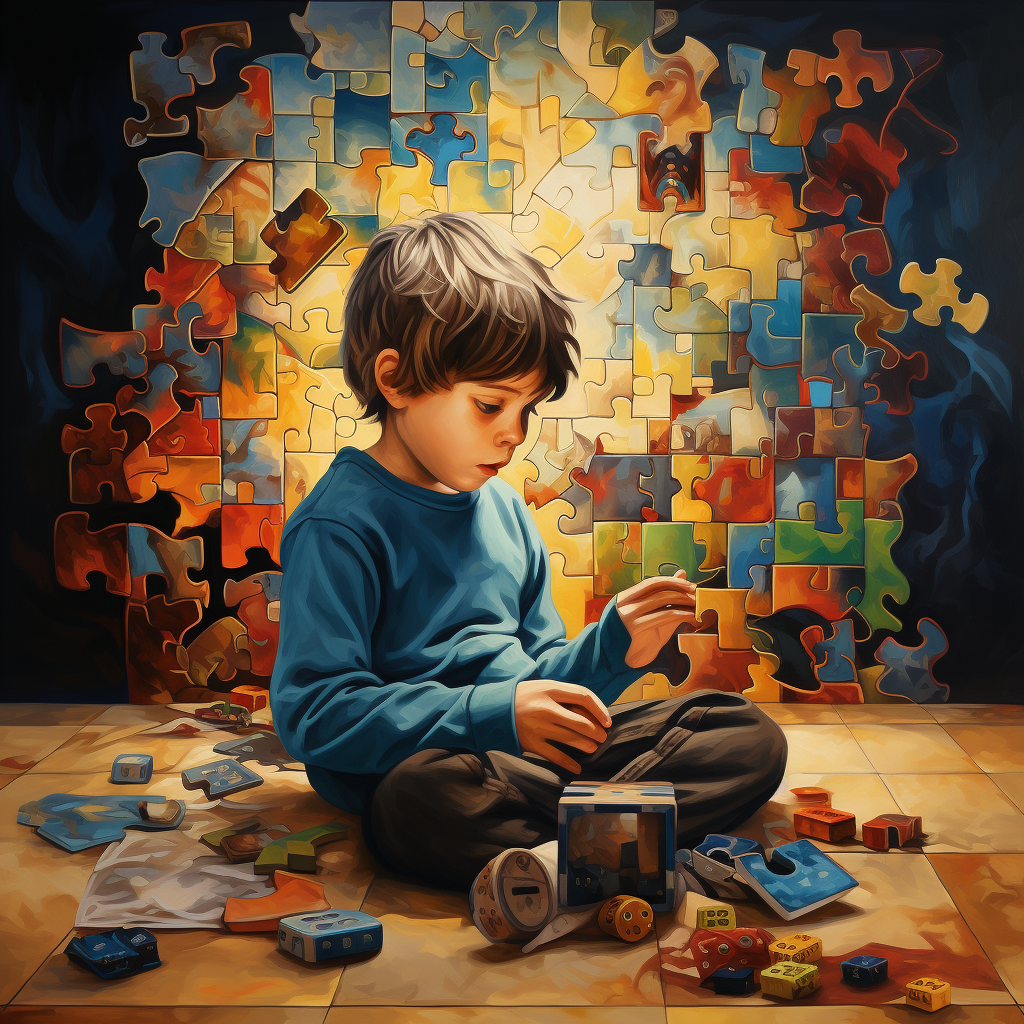

Autism Spectrum Disorder: Early Signs and Interventions
Autism Spectrum Disorder: Early Signs and Interventions
by Odell Vining, Ph.D.
Introduction
Autism Spectrum Disorder (ASD) has increasingly gained attention in both the clinical field and public awareness. Understanding the early signs is critical for parents, educators, and healthcare providers as it opens doors for timely interventions. Early diagnosis and management can make a meaningful difference in the lives of children and their families. This post aims to shed light on the early signs of ASD and the interventions that can be implemented.
What is Autism Spectrum Disorder?
Autism Spectrum Disorder is a neurodevelopmental disorder that affects social interaction, communication skills, and behavior. The term “spectrum” is used to signify the broad range of symptoms and levels of impairment that individuals with ASD can experience.
Early Signs of Autism Spectrum Disorder
Identifying ASD early is crucial for effective intervention. Signs often appear in early childhood, usually before age 3. Some early signs include:
- Social Challenges: Limited interest in other children and lack of engagement in social activities.
- Communication Difficulties: Delayed or absent speech development, difficulty in understanding non-verbal cues.
- Repetitive Behaviors: Engaging in repetitive activities, like stacking objects or flapping hands.
- Limited Interests: An obsessive focus on specific topics or objects.
- Avoiding Eye Contact: Difficulty or reluctance in making eye contact.
Importance of Early Diagnosis
Studies suggest that early diagnosis and intervention can lead to significantly improved outcomes for children with ASD. The sooner the diagnosis, the sooner interventions can be initiated to support development and learning.
Common Interventions
Behavioral Therapies
- Applied Behavior Analysis (ABA): ABA uses positive reinforcement to improve behavior and skills.
Developmental Therapies
- Early Start Denver Model (ESDM): This intervention focuses on increasing social, language, and cognitive skills.
Family Therapies
- Parent-Managed Behavioral Interventions: Parents are trained to implement behavior modification strategies at home.
Educational Interventions
- Special Education Programs: Individualized Education Programs (IEPs) to address each child’s specific needs.
Conclusion
Recognizing early signs of Autism Spectrum Disorder can dramatically impact the effectiveness of interventions, ultimately improving quality of life. While each individual is unique, targeted therapies can help manage symptoms and enhance development.
Take Action
If you notice any signs of ASD in your child, consult a healthcare professional for a comprehensive evaluation. We offer specialized services for diagnosing and managing ASD, including behavior therapy, family counseling, and educational support.
Contact Us
For further information on our services or to book an appointment, you can contact us at:
- Email: office@thepsychologyclinic.com
- Phone: (706) 225-0322
Early diagnosis can be a stepping stone to a better future. Act now and make a difference in your child’s life.